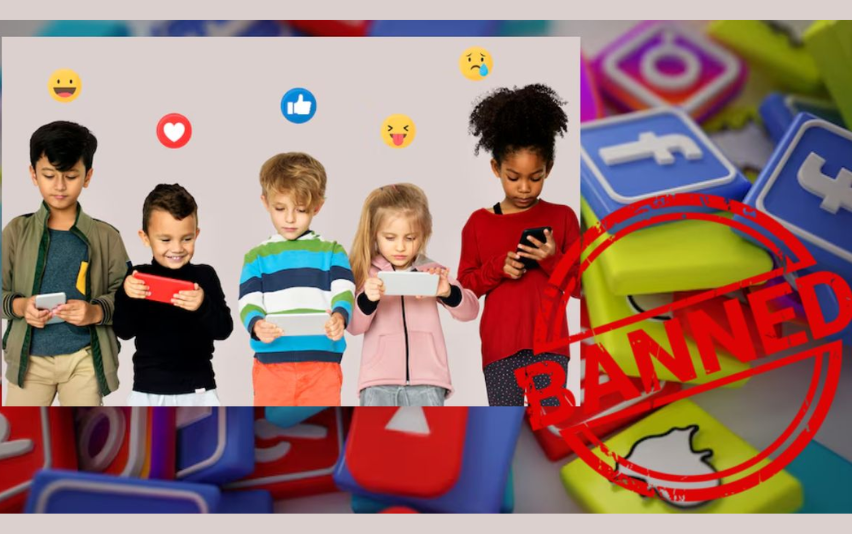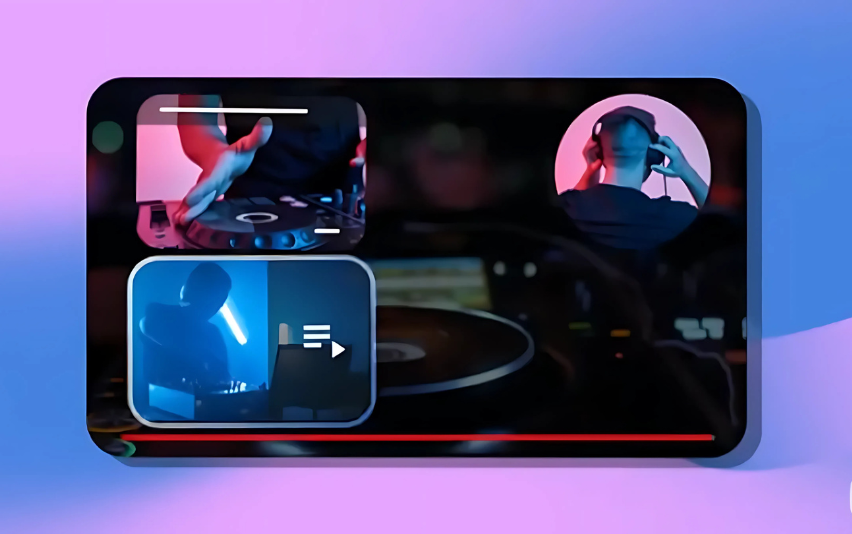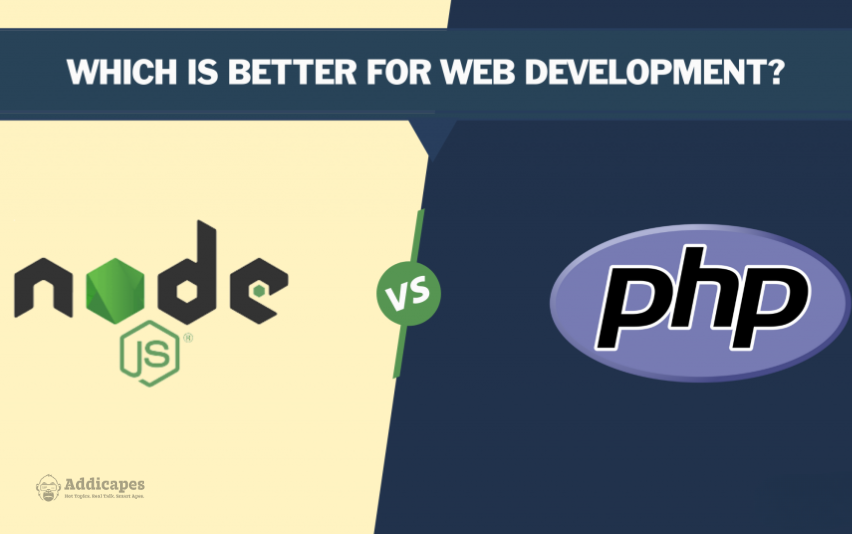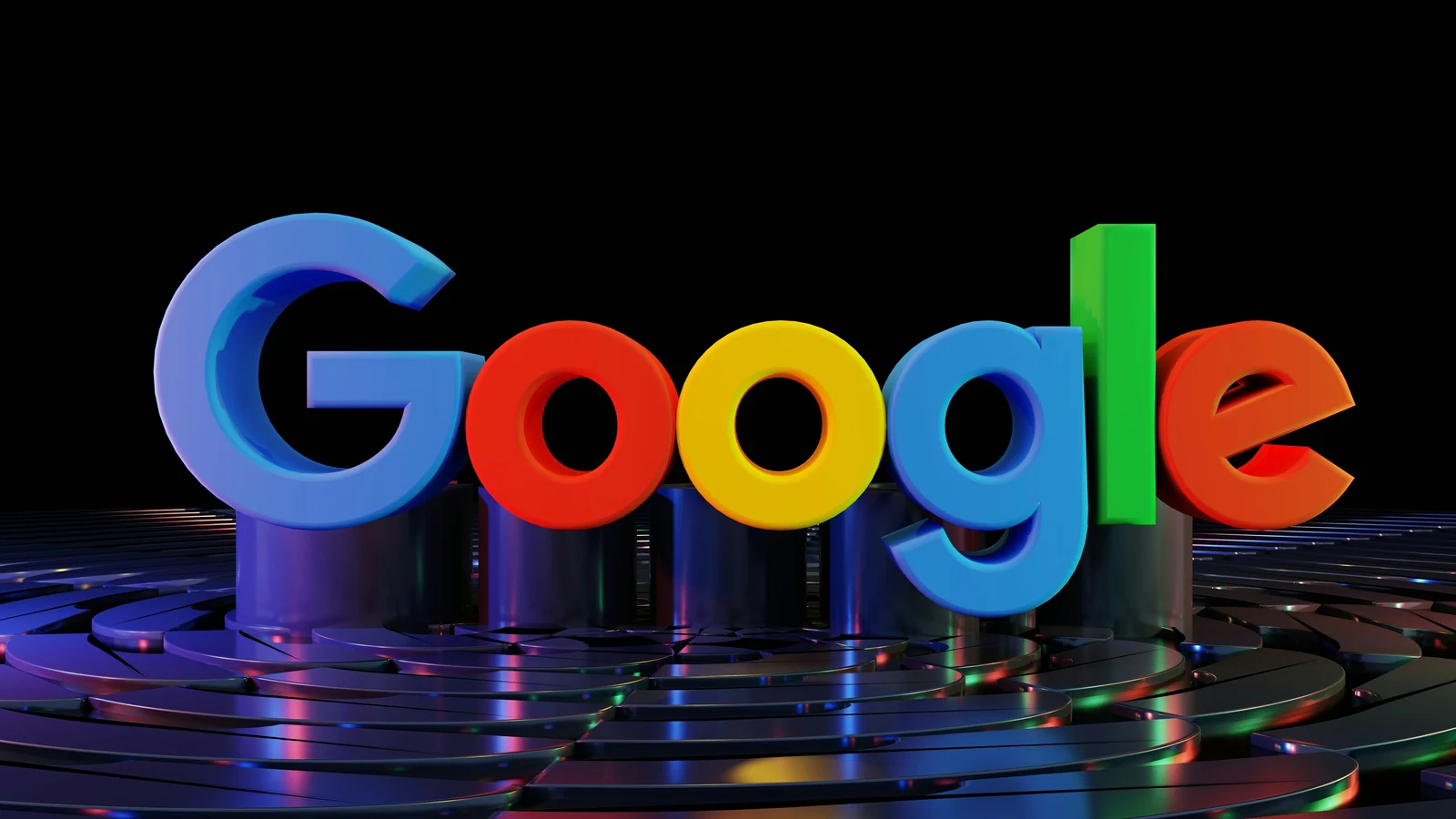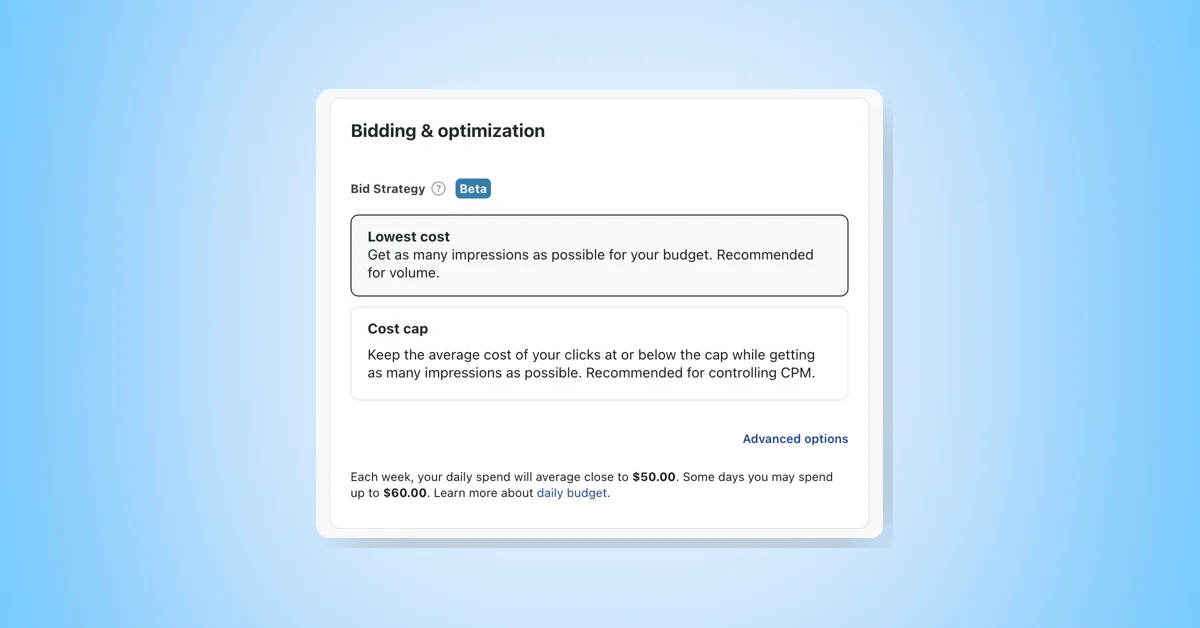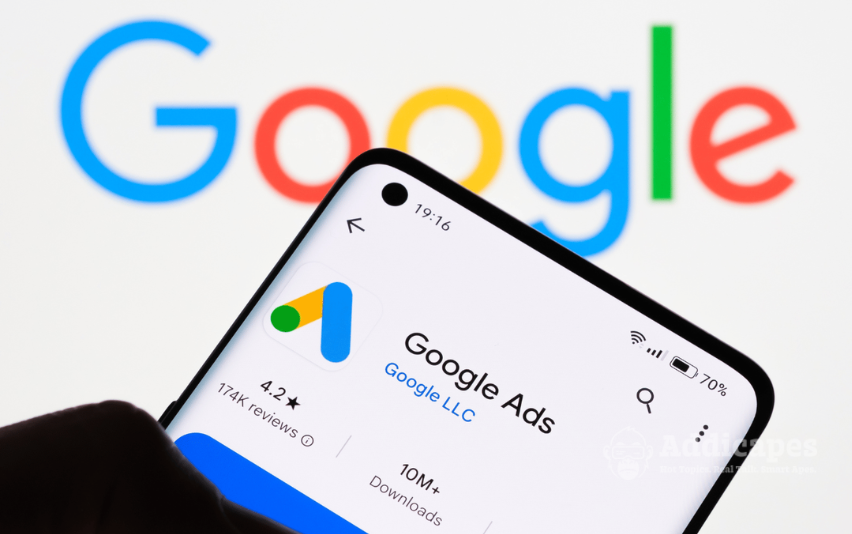Australia has been pushing forward with stricter social media laws for teenagers, aiming to ban under-16s from creating accounts on platforms like Instagram, TikTok, Snapchat, and Facebook. At the heart of this move is age-verification software, often powered by AI-based age-guessing technology.
But there’s a growing problem: bias in age-guessing software is raising serious concerns about accuracy, privacy, and fairness. Critics argue that if the system fails, it could block legitimate users, let underage children slip through, or even unfairly discriminate against certain ethnic groups.
This blog explores why Australia’s teen social media ban is facing hurdles, how AI bias in age-verification tools creates challenges, and what this means for the future of online safety for teenagers.
Why Australia Wants a Teen Social Media Ban
The debate over teenagers’ use of social media is not new. Experts warn that platforms can expose young people to:
- Mental health issues such as anxiety and depression
- Cyberbullying and harassment
- Exposure to inappropriate content
- Addictive usage patterns that affect studies and sleep
To tackle this, the Australian government has proposed laws making it illegal for children under 16 to open accounts. The law would force companies like Meta, TikTok, and Snap to build stronger age-verification systems or face penalties.
How Age-Guessing Software Works
The main tool being tested is AI-based facial recognition software. Here’s how it typically functions:
- User takes a selfie or video scan.
- The AI compares facial features with vast datasets.
- The software predicts the user’s age.
Companies argue this is safer than demanding ID uploads (like passports or driver’s licenses), which raises privacy and data security concerns.
But here lies the problem—AI algorithms aren’t always accurate.
The Problem of Bias in Age-Verification AI
1. Accuracy Across Ethnic Groups
Research shows AI age-estimation tools often perform worse on darker-skinned individuals. This could mean teenagers of certain ethnicities are wrongly flagged as “older” or “younger.”
2. Gender Discrepancies
Studies reveal that girls are often misclassified as older, while boys may be guessed younger. For teens at the 15–16 borderline, this bias could block rightful access or let under-16s sneak in.
3. Privacy & Data Storage Issues
Australians are already concerned about handing over biometric data. If social media platforms store face scans, it could lead to hacking risks and surveillance fears.
Global Examples: Are Age-Checks Working?
- UK: Tested AI-driven age estimation but paused due to privacy backlash.
- EU: Proposed Digital Services Act includes stricter rules but faces similar hurdles.
- US: States like Utah and Arkansas passed teen bans, but tech companies are challenging them in court.
This shows Australia is not alone—but unless bias in AI age checks is fixed, enforcement will remain shaky.
Why This Matters for Teens, Parents & Platforms
- For teens: They risk being unfairly excluded or wrongly given access.
- For parents: Confidence in the system depends on fairness and transparency.
- For platforms: The cost of implementing flawed technology could be massive, leading to fines or lawsuits.
If Australia’s teen social media ban is rolled out without solving these issues, it could damage trust and even worsen the very risks it aims to solve.
The Future of Age Verification in Australia
Experts suggest combining methods instead of relying only on AI age-guessing software:
- Parental consent systems
- Limited data ID checks with strong encryption
- Improved AI training datasets to reduce bias
- Independent audits of age-verification providers
FAQs on Australia’s Teen Social Media Ban
Q1: What is the Australia teen social media ban?
It’s a proposed law to ban children under 16 from signing up on platforms like TikTok, Instagram, and Facebook unless they pass age verification.
Q2: Why is AI age-guessing software controversial?
Because studies show bias—it’s less accurate for certain skin tones, genders, and borderline ages, raising fairness and privacy concerns.
Q3: Can teens still bypass age verification?
Yes, tech experts warn that determined kids can cheat the system by using parents’ IDs or VPNs, which limits the law’s effectiveness.
Q4: Will this law definitely be implemented in 2025?
The rollout depends on fixing privacy, bias, and technical flaws. Delays or amendments are likely before enforcement.
Q5: What are safer alternatives to AI age checks?
A mix of parental control tools, encrypted ID verification, and independent oversight may offer more balanced solutions.
The idea behind Australia’s teen social media ban is noble—protecting young people from online harms. But bias in age-guessing software could derail the rollout. If algorithms wrongly judge ages, the policy risks backfiring, creating unfair barriers and fueling privacy controversies.
For the law to succeed, Australia must adopt transparent, unbiased, and privacy-friendly age verification methods. Only then will parents, teens, and platforms trust the system enough to make social media truly safer.

